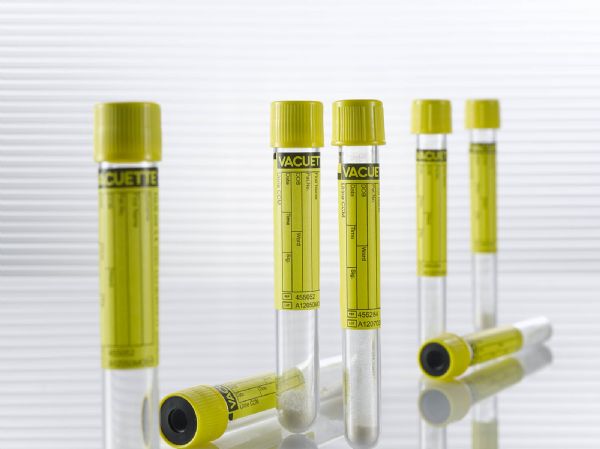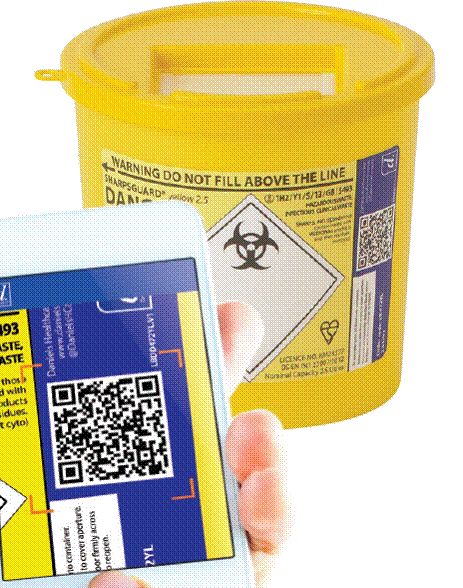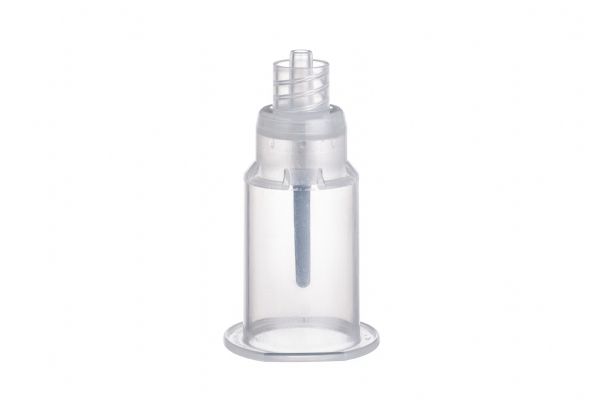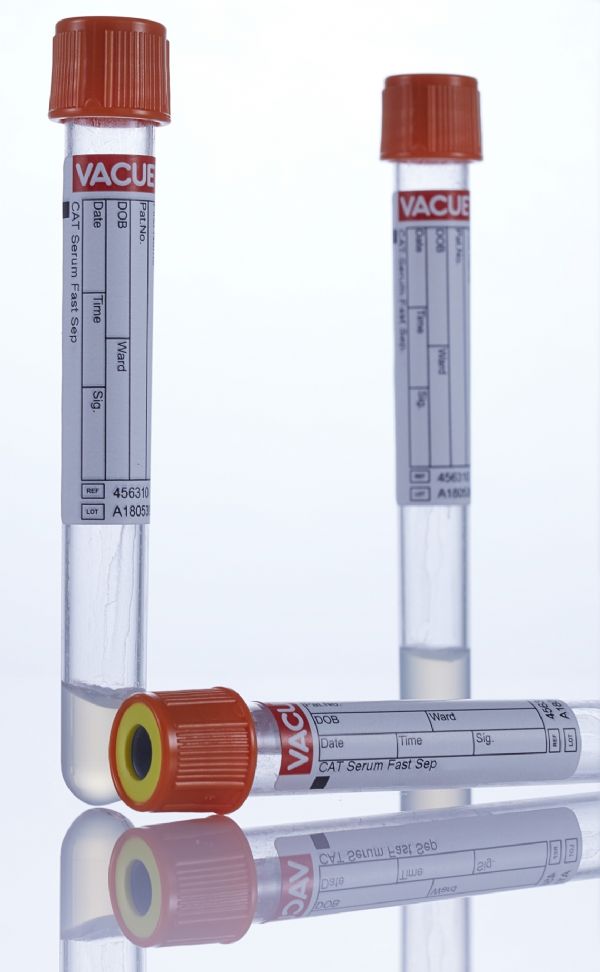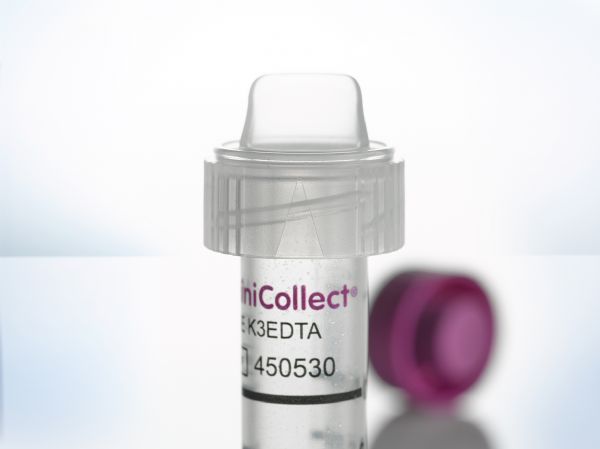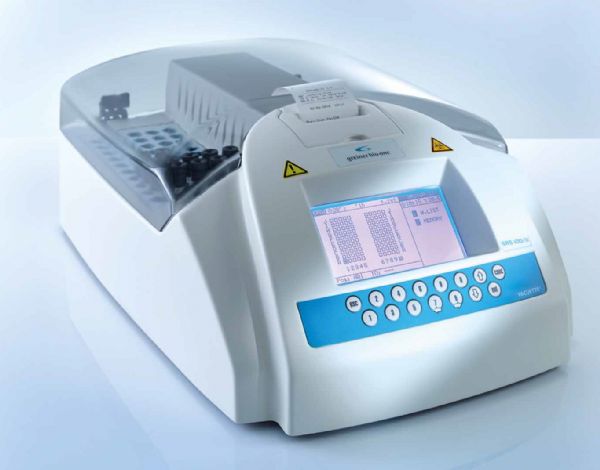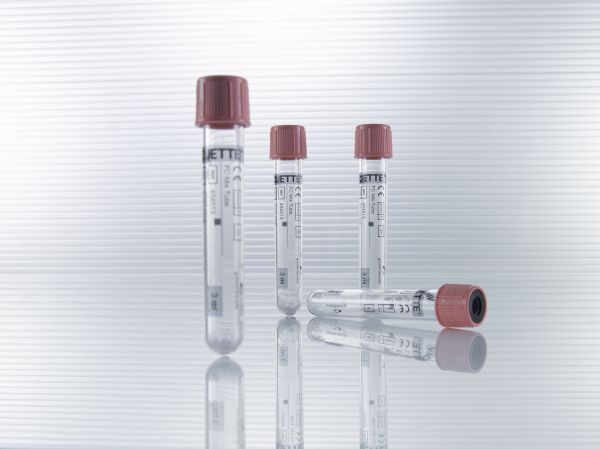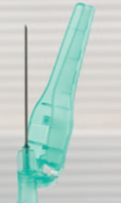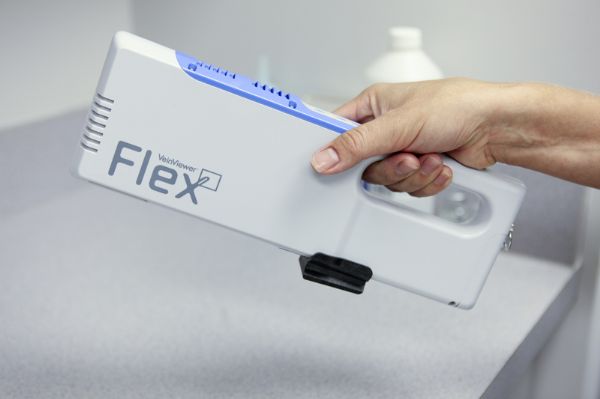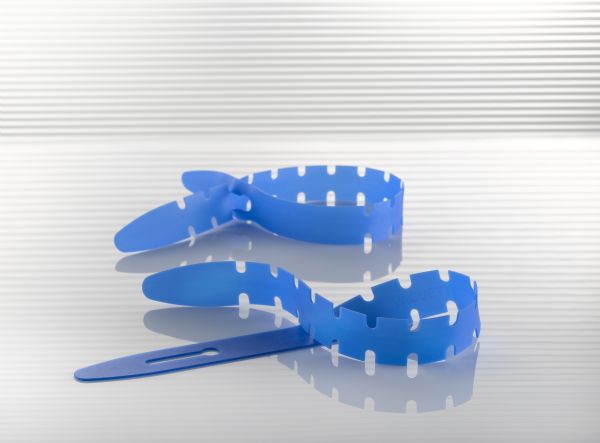Continue to use the best tool for your job.
Most practitioners prefer the balance, weight and ergonomics of a reusable steel scalpel but removing used blades manually compromises staff safety..
Flimsy disposable plastic scalpels are not the answer because they are harder to use, more dangerous and less cost-effective..  details
details
|
The Blade FLASK simple 'push and click' blade removal solution for steel scalpels:
Ÿ IMPROVES PATIENT SAFETY by enabling practitioners to use ergonomic precision steel scalpels
Ÿ IMPROVES STAFF SAFETY by ensuring the used scalpel blade is removed with safe single handed technique and then safely contained until final disposal. |
Remove and contain blades with one hand - push and click.
BladeFLASK is secured by a reusable mounting bracket, which means you do not have to hold or brace the BladeFLASK when in use..  details
details
|
BladeFLASK is secured by a reusable mounting bracket, which means you do not have to hold or brace the BladeFLASK when in use.
The bracket enables the Blade FLASK to be positioned at point of use (wall, bench or trolley mounted), making single-hand blade removal, containment and disposal as simple as ‘push and click’. |
Minimise risks of injury and infection.
Sharps injuries are a serious occupational hazard in healthcare settings. Scalpel cuts are not only more severe than needle stick injuries, they are also more likely to happen. The single-hand technique of removing blades minimizes your risk.
These alarmingly common scalpel injuries cause pain, emotional distress, potentially fatal infections, and damage to digital nerves, arteries or tendons requiring microsurgery and extensive rehabilitation. BladeFLASK dramatically reduces the risk of scalpel blade injuries in the workplace.
•8-11% of sharps injuries are caused by scalpel blades. 1,2  graph
graph
• There are 662 scalpel injuries per 100,000 scalpel blades used.  graph
graph
|
Compare this alarming statistics to 3.2 syringe and loose needle incidences per 100,000 disposable syringes and loose needles, 3 scalpel injury rates are 200 times higher than sharps injuries involving syringes.

|
Make compliance a practical reality.
BladeFLASK ensures optimal safety based on speed and convenience for the end-user, ergonomic simplicity and passive, automatic and single-handed safety principles. By enabling practitioners to continue to use their preferred metal scalpel handles, the wall-mounted or bench-mounted BladeFLASK improves both patient care and staff safety
Blade FLASK meets these essential safety standards  details
details
|
Ÿ OSHA Bloodborne Pathogen Standard “1910.1030”
Ÿ Australian/New Zealand Standard “AS/NZS 3825:1998”
Ÿ CE compliant

|
It is a Sharps container.
Blade FLASK is a puncture proof sharps container. When it is full, the Blade FLASK can be disposed safely without any further exposure to sharps contact.  details
details
|
Blade FLASK is a puncture proof sharps container. When it is full, the Blade FLASK can be disposed safely without any further exposure to sharps contact.
It conforms with the following regulatory requirements:
Ÿ UN Transport UN3921
Ÿ British Standard BS7320:1990

|
Auto shut-off to prevent over-filling.
BladeFLASK has a built-in counter with a shut-off mechanism that activates automatically after 100 blades have been removed. There is no danger of overfilling.  details
details
Not just effective, it is cost effective.
This essential safety solution ensures regulatory compliance, dramatically reduces injury costs, and is significantly cheaper than disposable plastic scalpels.  details
details
|
You will save up to US$225 of disposable plastic scalpels with one Blade FLASK.

|

References
|
1. “CDC (Centre for Disease Control and Prevention) Sharps Injury Prevention Workbook 2008.” from http://www.cdc.gov/SharpsSafety/index.html
2. Jagger, J., M. Bentley, et al. (1998) “A study of patterns and prevention of blood exposures in OR personnel.” AORN Journal 67(5): 979-81, 983-4, 986-7 passim.
3. Eisenstein, H. C. and D. A. Smith (1992). “Epidemiology of reported sharps injuries in a tertiary care hospital.” J Hosp Infect 20(4): 271-80.
4. Matson, K. (2000) “States begin passing sharps and needle-stick legislation to protect health care workers.” AORN Journal 72(4): 699-703, 70 |










